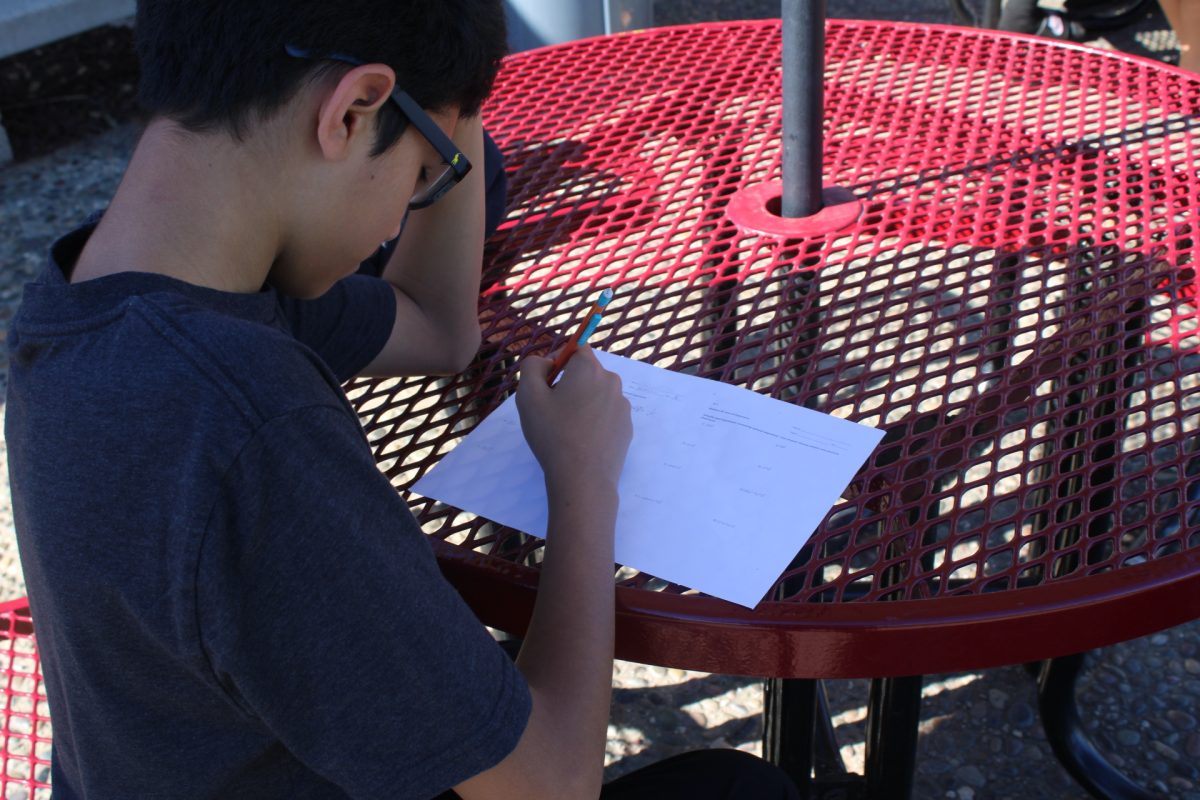The rise of weight training and having a consistent gym routine has become a trend; it typically involves lifting, pushing, or pulling objects such as dumbbells, barbells and kettlebells. Although lifting weights is encouraged since it builds and maintains strength, taking care of the mental aspect through meditation is just as important. Combining both can enhance workout performance and muscle recovery while also helping lower stress levels and regulate hormones.
There are various ways of including weight training in a person’s exercise routine. This can mean incorporating compound lifts such as squats, bench press, and deadlifts, or including body weight exercises such as lunges, pushups and pullups. As supported by Mayo Clinic, a medical center in Rochester, Minnesota, the benefits of weightlifting include muscle growth, increased strength, enhanced metabolism and improved body composition by decreasing fat percentage and building muscle mass.

There are different ways one can incorporate meditation along with weight training. According to a website, Onelife Fitness, which specializes in group fitness classes and training programs, says that mindful breathing, which means to focus and pay attention to your breath, is a suited technique to combine with weight training to help with muscle recovery and to improve focus and concentration.
On top of feeling more focused and rested, practicing weightlifting and mindfulness can boost your overall confidence. According to an article by Cathe Friedrich “Mindful Muscle: The Power of Integrating Meditation into Your Strength Training Routine,” an article that discusses the benefits of both practices, meditation builds confidence that health and fitness goals are attainable because you feel good about yourself and are more capable of achieving them. By taking the time to meditate, you can give yourself the power to become stronger, healthier, and more capable.
Junior Bella Rose Rodriguez lifts weights regularly as part of her swim routine and also practices meditation to help regulate her breathing and release toxins in her body.
“When I wasn’t at least meditating, I wasn’t giving my brain recovery, and I felt kind of all over the place, but now I feel more relaxed, more organized. With weight training, it’s a nice recovery for the brain, because your body needs that, and so does your brain,” Rodriguez said.
Similar to Rodriguez, sophomore Zoe Meza, a cross-country runner, practices meditation on top of her daily weight training routine by playing light music in the background, sitting down, and focusing on her breathing to help manage stress and keep her body relaxed. She also sees weight lifting as a form of meditation that helps her balance her thoughts.

(Erica Hernandez )
“Comparing these two, it’s something I think of as one, so when I am in the weight room or when I am working out, I tend to close myself out and just focus on myself and what I am doing, and it relaxes me because I know I am focusing on something,”Meza said.
Not only does meditation and weight training help with one’s overall mental health and strength, but they also play a big role in helping to manage pain or discomfort. It can help someone feel more in tune with their body’s limits and capabilities, ensuring a healthier or more secure sense of well-being.
This is true for senior Karma Castaneda, a cross-country athlete who, just like every other athlete, has her days where her body has less energy and she feels she is left with self-doubt or negative thoughts. The combination of meditation and weight training helps give her mind and body a reset.
“Some days I don’t feel as strong or like I am getting weaker, so it’s easy to indulge in self-doubt, so meditating after weightlifting is just a way of showing me it’s not the end of the world and that I just feel like this one day, it’s like a breath of fresh air,” Castaneda said.
Altogether, not only does weight training and meditation help someone’s present mind and body, but it is also a health investment that will result in a recharged and well-rested temple.








